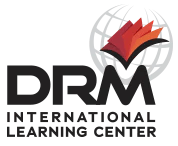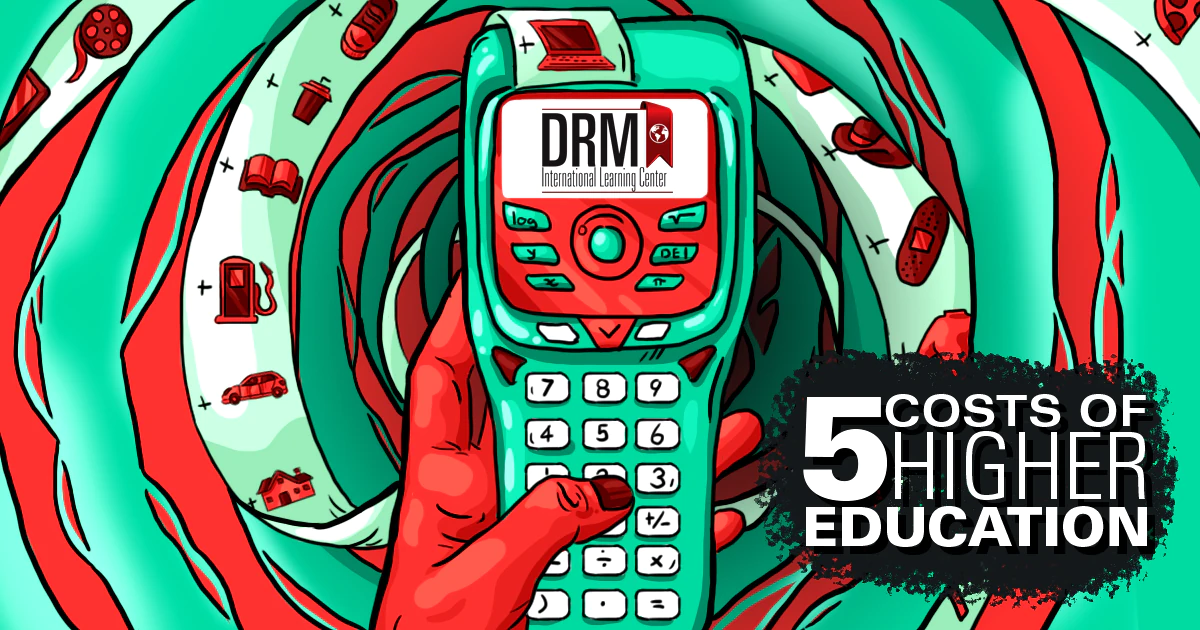College is hella expensive. With over 44 million college students, college graduates & people who realized “college wasn’t their thing” owing an average of $37,000 each.. there’s a lot of talk about how we can best reduce the financial burden being placed on people looking to further their education. Unfortunately, most of this “College is Expensive” conversation focuses on the cost of tuition and the cost of books and supplies.
Can these things be expensive? You bet.
Are they the only things that determine the total cost of your education? Not even close.
To get an accurate idea of the total cost of your education, you have to consider ALL of the variables in what we’re calling the Education Equation.
Variable 1 – Cost of Tuition
Tuition is the amount you pay to attend a course at a particular school or college, and your total tuition costs are simply the costs for all of your courses added together.
So let’s say you’re a full-time student taking 4 courses a semester and each course costs $1,500. Your total tuition costs per semester would be $6,000. After 2 semesters, you would owe $12,000 in tuition costs for that year of school.
What many students (or maybe most students) don’t realize is, when they’re researching colleges and see tuition prices of:
- $3,500 per year at community colleges
- $11,000 per year at public state universities
- and as much as $35,000 or more at private universities
…that’s only the cost of taking courses at that school, and Variable 1 of the total Education Equation.
Variable 2 – Cost of Books & Supplies
So your tuition gets you in the door… reserves your seat in class…. and that’s it. This is where the cost of your books and supplies come in.
Your course books and other supplies (book bags, notebooks, pens & pencils, computers, laptops or any other special equipment) is what you’ll need to actually be productive while you’re in class.
With a used college book costing around $110, your books & supplies can easily add an extra $800-$1,500 per year to the cost of your education – and this is only Variable 2 of the Education Equation.
Variable 3 – Cost of Living Expenses
This is where the costs really start adding up.
Your living expenses are everything necessary to keep you going while you’re in school, and typically include 5 main things:
- Rent
- Utilities (gas, water & electric)
- Food
- Transportation
- Communication (things like your cell phone & internet)
Cost of living expenses can easily add $1,000 per month or more to the total cost of your education, and over the course of a typical year in college (9 months), that can be an additional $9,000 per year just to sustain one person.
So while these expenses aren’t directly related to your coursework, they’re probably the main reason why most full & part time students end up dropping out of school before they complete their studies. Add children to the mix and you can see how your cost of living expenses could easily double or even triple your total education costs…
…and this is still only Variable 3 of the Education Equation.
Variable 4 – Cost of Borrowing Money (Interest on a Loan)
The cost of borrowing money is called interest.
It’s like someone telling you “I’ll only give you $10,000 today, if you promise to give me $13,000 tomorrow” – that extra $3,000 is the price they’re charging you to use their funds.
…but it’s usually not that straight forward.
Instead what they’ll say is, “I’ll give you $10,000 today at an annual interest rate of 5% and a loan repayment term of 10 years. Repayment is set to begin after a 6 month grace period starting the date the borrower is no longer enrolled in school at either a full time or part time basis.”
And in case you missed it, that 5% interest rate isn’t 5% overall… It’s 5%… each year… for as long as you have your loan. So let’s say you deferred making any payments on your loan for 7 years, at the end of those 7 years your loan will have increased from $10,000 to over $13,500 – before you’ve made a single payment.
Did we mention that this is only Variable 4 of the Education Equation?
Variable 5 – Cost of Opportunities
Opportunity Costs are a bit different than the previous costs because it’s not what you pay out – it’s what you could have been paid if you weren’t in school full time. To illustrate this, let’s take 2 students who both want to work in the healthcare industry.
Student A
After high school, Student A enrolls at a public 4 year state university at a cost of $10,000 per year. Then, after graduating, they go directly to medical school for 4 years at a cost of $35,000 per year.
Student A would need to be in school for about 8-10 years before they would have a credential that would allow them to work in the healthcare industry and could have anywhere from $140,000 – $180,000 in student loan debt… and this doesn’t include the cost of books, supplies, living expenses or interest on those student loans.
Student B
Student B, on the other hand, enrolls at a vocational school for 8 weeks at a cost of $4,999 and receives occupational training to become a Medical Assistant. After completing the course and becoming certified, Student B then works in the healthcare industry for that same 8-10 year period making a salary of between $23,000 – $42,000 per year.
Both students were trained…
Both students received healthcare credentials…
But by the end of that 8 – 10 year period, Student B would have little to no student loans to repay and would have made $183,000 – $416,000 in total during that period.
This $183,000 – $416,000 would be the opportunity cost for student A, or what they could have made if you weren’t in school.
So Basically...
While certain educational routes might be considered “the norm”, the cost in time, resources and missed opportunities you would incur might not make pursuing those options worthwhile – especially if you’re unsure whether or not the profession you’ve chosen is a good fit for you.
With accelerated learning programs, like those offered at DRM International Learning Center, you can gain the skills and credentials needed to work in an industry in just 2 – 8 weeks, and for as little as $899. Then, if you decide they want a deeper understanding of their chosen industry or field, you would still have the option of getting that at a college or university…
…and now that you’ve got the Education Equation at your disposal, you’ll be better prepared to determine the true cost of your education.

